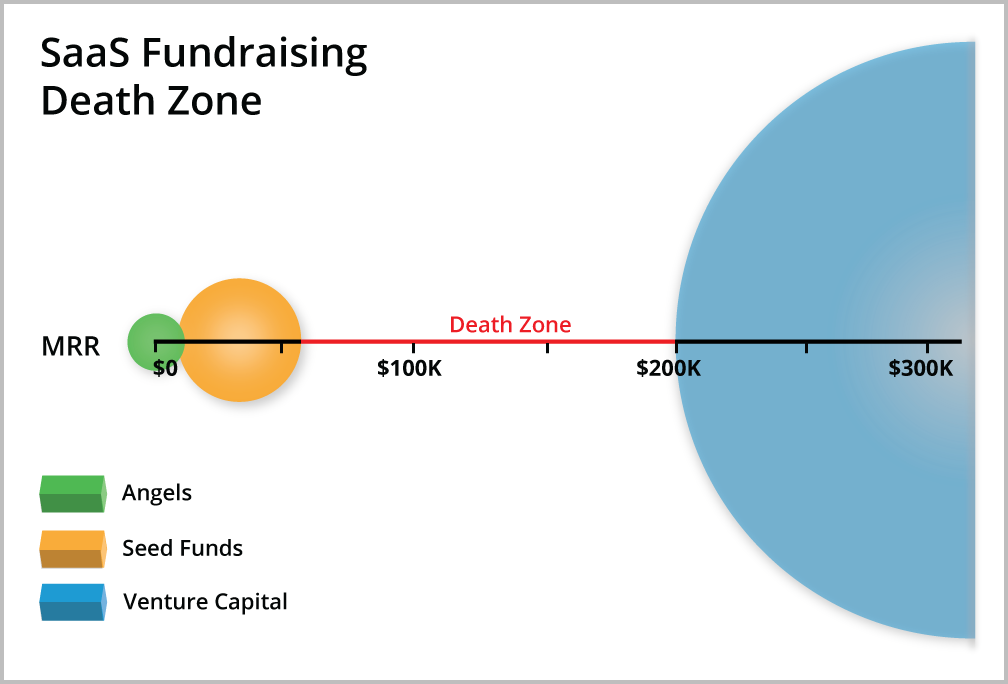ThereItIs – StartupSmart

 After relocating from Sydney to Adelaide, Guy Sewell was looking to go it alone by starting his own business.
After relocating from Sydney to Adelaide, Guy Sewell was looking to go it alone by starting his own business.
He came across some technology developed over a 10-year period at Flinders University, and realised the commercial potential.
His new business, ThereItIs http://thereitis.com/about/ , is based around a system that allows online data, such as clothing or profiles, to be displayed in a 3D, cloud-shaped manner. Users can then sort and zoom in and view the items.
Sewell spoke to StartupSmart about how he aims to take the business’ product global.
How did this venture come about?
I moved from a job with Fairfax in Sydney to Adelaide and I had always wanted to have a go at my own business. There weren’t too many opportunities at other media companies at Adelaide, so I decided I wanted to carve my own niche.
I talked to Flinders University about the technology that we now provide with my Fairfax hat on. I had three sleepless nights mind mapping what it would take to build a business around it myself.
I talked to my wife and I went for it. I quit my job three days after seeing the technology and re-engaged with them as soon as I’d quit.
Why convinced you to take such a bold step?
I thought it could become a revolutionary way to view data. I personally find it hard finding data online. I hate online shopping.
It ticked all the boxes – it was revolutionary, it was scalable and it had a global market. I ran it past a few mentors who said I should go for it, but that I’d struggle to find reach from Adelaide.
What were the formative days of the business like last year?
I used sweat equity and didn’t pay myself for the first eight or nine months. I got the IP secured and found myself an office at Flinders University. I managed to secure angel funding with a blue sky pitch.
I had to work hard to track down the right angel, I won’t say it was easy. They said they invested 20% for the technology and 80% for me. They felt that with a bit of capital and guidance, I could push the team forward. The hours of advice that they’ve invested has been invaluable.
How big is your team?
I’ve got four full-time developers. We spent nine months solidly developing and then got feedback from about 800 people via a trial at a local bookseller.
I wasn’t expecting such great feedback. Technology is moving in our favour – browsers can cope with a lot of data now, even on mobiles and other platforms. I wouldn’t be able to have done this 18 months ago.
We still need to work with user experience experts for the iPhone and iPad versions. Once we have a core version we will be able to build libraries and licence to other developers.
Which industries is this technology aimed at?
Content management systems, medical imaging, retail sites – anything that has large amounts of data, really.
I’m focusing on eCommerce at the moment as I can get quick wins there. I’ve spoken to a category leader in Sydney and I hope to sign off on that. There’s also the largest French mass merchant and another company based in the UK.
I’ve found that LinkedIn is a great tool. I’ve got the platinum membership and can send 25 emails a day to big CEOs.
We hope to build traction with the medium tier. I’ve been in business to business sales and I know these things can take 12 months to integrate. I’ve got to think about how long the sales cycle will be.
I could give exclusivity to one business, but it would handicap me if it wasn’t in a very niche category. It’s better to licence it broadly.
If you licence the technology to various third parties, won’t this make it harder to sell the business?
It depends who the exit partner is. Maybe we will build up the customer base and revenue and not just be offering technology.
If we don’t go out and prove it, no one will want to buy it. It’s a chicken and egg situation.
I do have contracts that stipulate that they can be cancelled within a certain period.
What is your ambition for the business?
Our first revenue should be in the second quarter of next year. We want to push it out to the smaller end of the market – it will depend on the traffic of the sites, but we will have fixed monthly fees ranging from $30 to several thousands.
The short-term goal is to get licensing in Europe by the end of June and validated by consumers in the medium-term. The back end of next year, I will look to move to the US in order to grow the business.
A 36 to 48 month exit strategy is feasible. I’m looking at a four-year window to build and sell the business.

